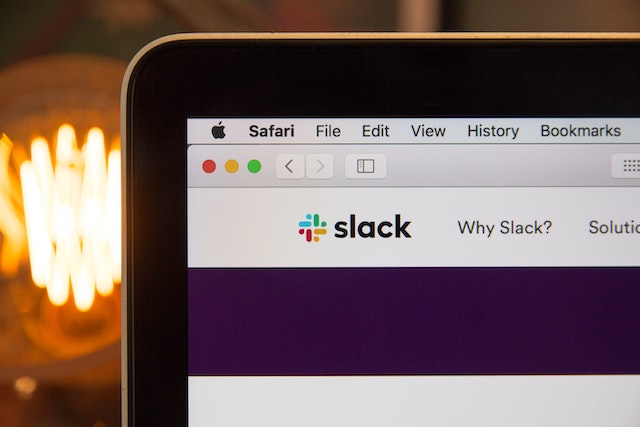For most business professionals, we’ve all come to realize, and deeply appreciate, the impact that technological advancements have had on the workplace over the years. From automating processes to improving overall company efficiencies, technology over the past two decades has significantly changed how companies operate today. Though much of these advancements can mostly be seen as beneficial, there still lies some hesitation when it comes to technology amongst colleagues in the workplace.
No matter what industry you work in, one can almost argue that collaboration is an integral part of anyone’s success. After all, “teamwork makes the dream work,” right? Though these collaboration systems don’t necessarily offer a clear-cut return on investment, they almost always pay off in the long-run.
Communication within any business is a fundamental part of success. Being able to share an idea and clarify that idea moving forward is an integral part of any business. With work-life balance becoming an increasingly popular conversation within organizations, these collaborative forms of technology can make those transitions more manageable.
Often times, utilizing platforms such as Skype and Slack have been looked at as more of a distraction than a tool that supports workflow. However, when it comes to these remote situations, it’s rather useful. Ultimately talent retention includes providing employees with a desirable work-life balance. By leveraging these collaborative systems, leaders can more effectively connect with those who are working from home than through traditional email. Similarly, utilizing huddle-space video-conferencing platforms can be quite beneficial in these situations. Employees can still get face-to-face engagement while enjoying that work-life balance.
For those in more creative industries, interactive whiteboards have become increasingly popular. Unlike traditional whiteboards, technological advancements have made it possible for leaders to have a meeting, draw out a game plan, record that game plan in real-time, and send out those drawings to the team immediately after. Though technological devices such as these might seem frivolous to some, it makes for more dynamic and collaborative team meetings and conferences.
By embedding collaborative technologies into a company’s processes, you’re reinvigorating collaborative behaviors. From employee social platforms to employee crowdsourcing tools, vendors have reshaped how work is performed. With more significant innovation comes higher productivity and an even greater return. Rather than immediately shutting down foreign concepts or high-price tagged devices, business owners should first consider what technology has done for us in the past and where it can take their workflow moving forward.


